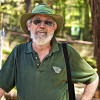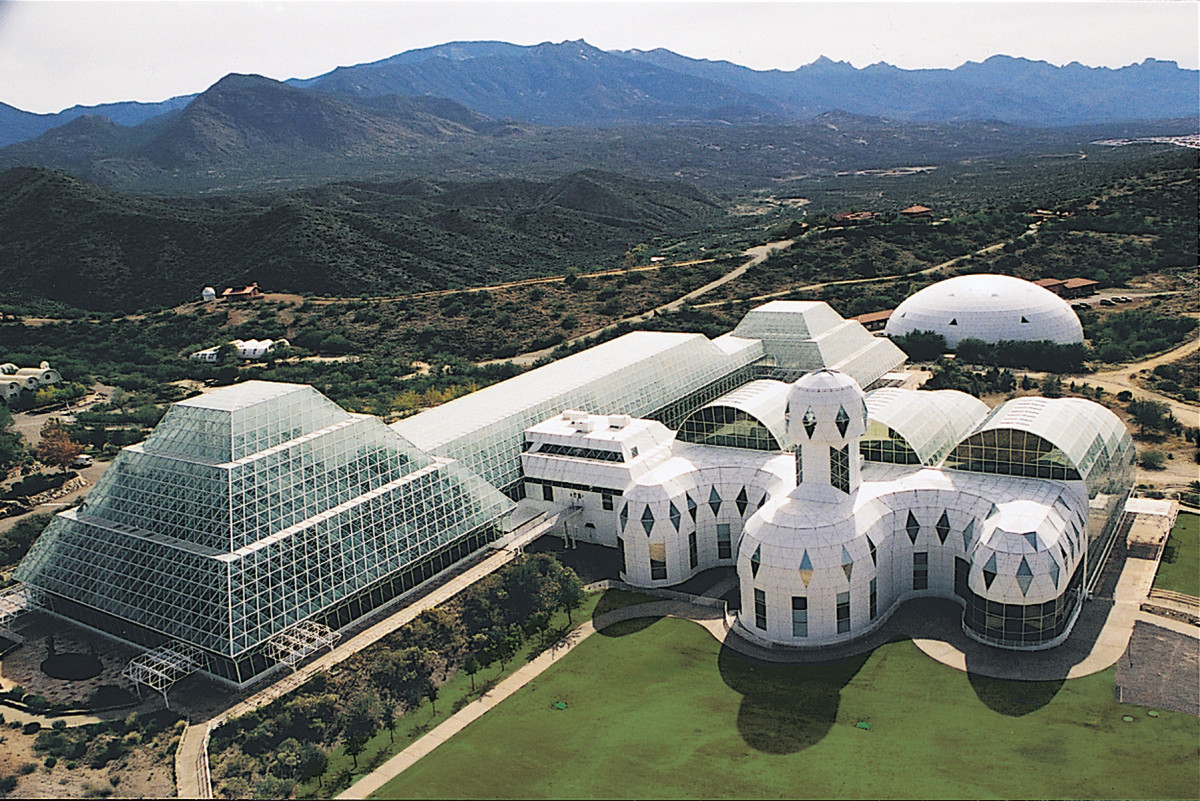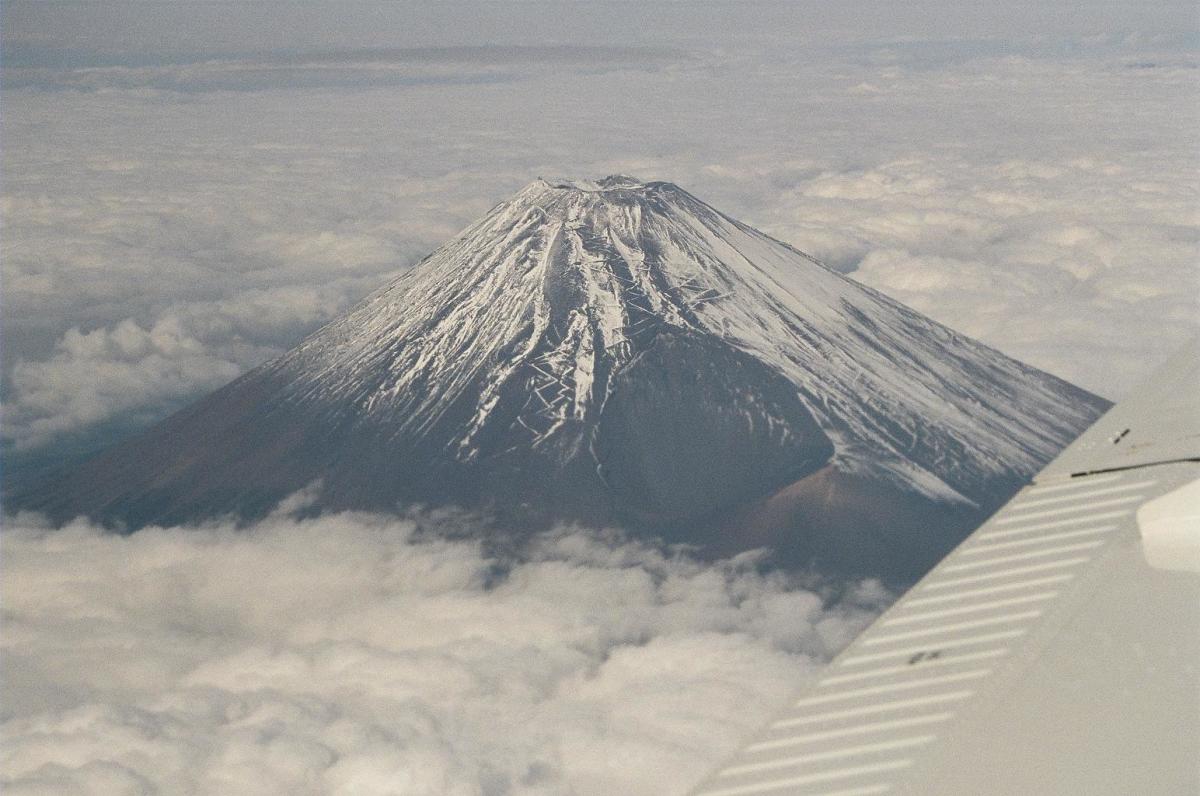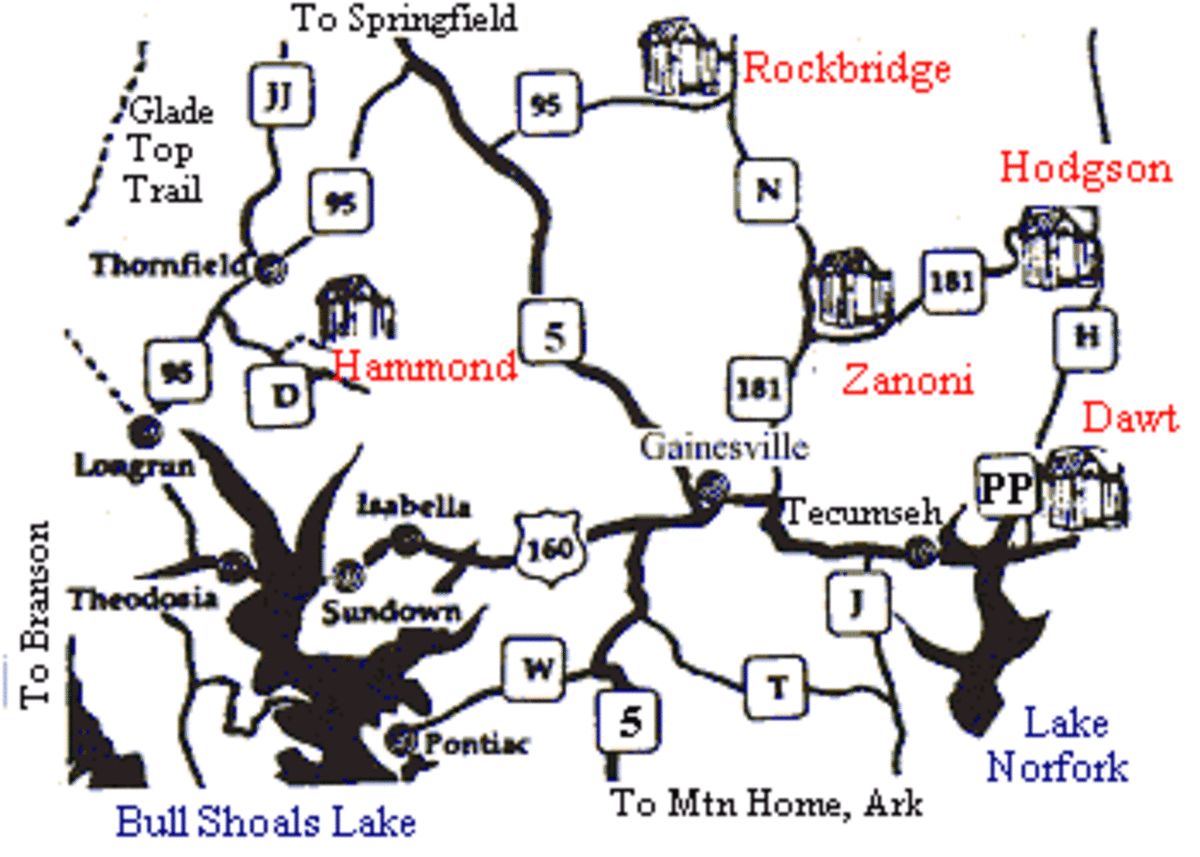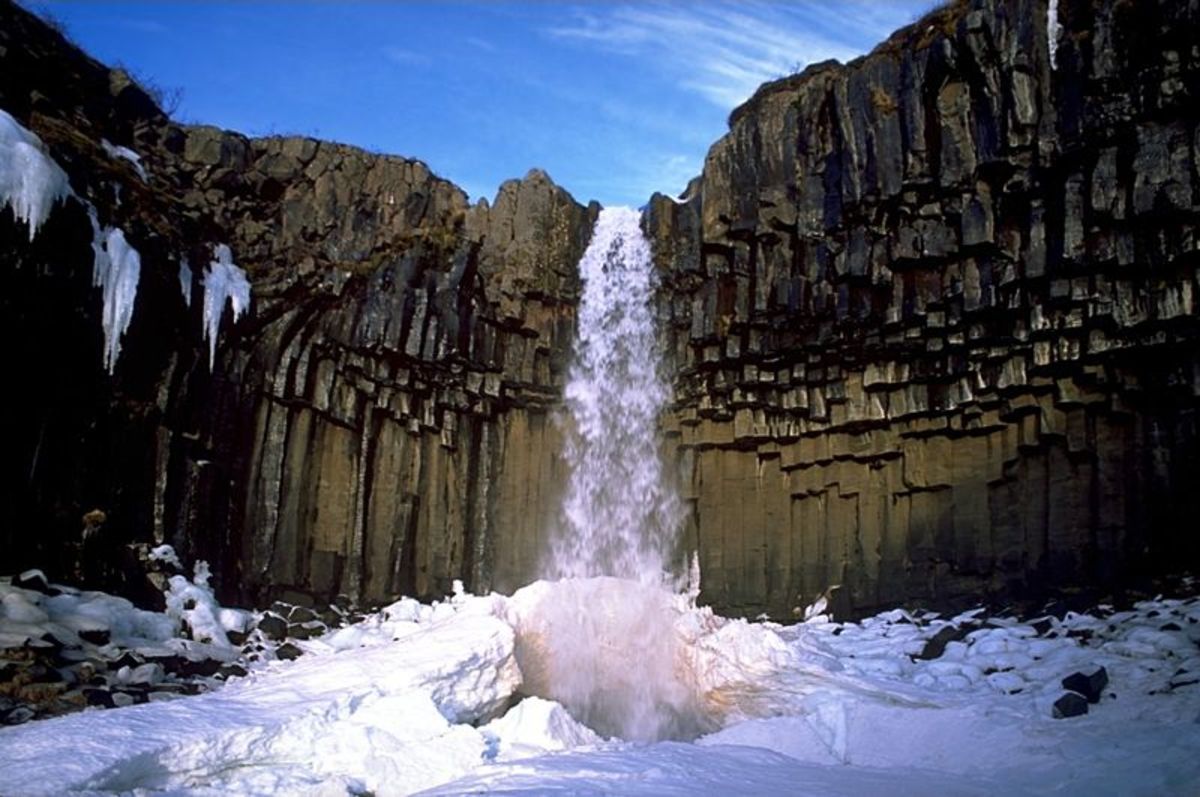Bosawas Biosphere Reserve, Nicaragua - A UNESCO World Heritage Site

The Bosawas Biosphere is not an easy place to get to and it's slowly being destroyed as I write this article
The Bosawas Biosphere Reserve is the second largest rainforest in the western hemisphere. The only one that is larger is the Amazon Rainforest.
In Nicaragua, it covers about 7% of the land mass in the country. If you include the "buffer" zone, it encompasses about 15%.
The name of the reserve is derived from the 3 main geological feature in the area: the Bocay River, Saslaya Mountain, and the Waspuk River. Bo sa was ...... Bosawas is now named!
About 30,000 indigenous people live in the Boswas Biosphere reserve, mainly along the rivers.
The enticement for loggers is the Spanish cedar and mahogany.
For the cattle ranchers, a new place to raise cattle.
For the farmer, a new place to raise crops.
Since the area is rich in minerals, the mining companies have been in the area for decades.
Illegal Logging
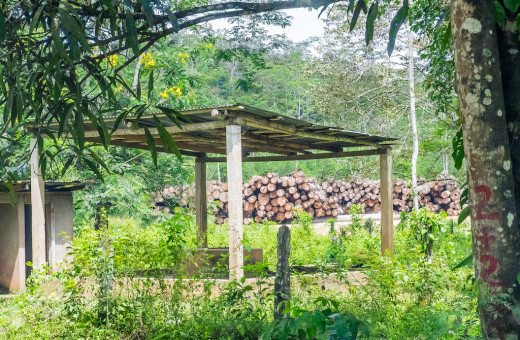
Ilegal logging destroys the Bosawas Biosphere Reserve, Nicaragua
One of the first things you notice on the drive into the Bosawas Biosphere Reserve is the lack of forest along the road.
I say road, because if you look at the map insert above, you'll see a little yellow line that goes to the Caribbean - that is the only way to get into the area, unless you fly.
The reason there's no forest along the road is that the loggers have cut down the most easily accessible trees in the Bosawas Biosphere.
You'll notice sawmills from Waslala all the way to the Rio Wawa, just at the end of the Biosphere.
Most of these are legal, with the loggers getting permits from Managua, and disregarding the rights and agreements with the local, Mayagna, indigenous people.
To give you an idea of the damage to the rain forest:
In 1997, when the area was declared a reserve, the land mass was 2 million hectares of rain forest, and about 10,000 indigenous people.
In 2010, the rainforest had been reduced to 832,237 hectares, and the indigenous population had grown to about 25,000. Non-indigenous settlers had grown to over 40,000 people from only 5,000 when the reserve was established.
You can read more about it here.
A BBC report about the logging destruction can be read here.
The government finally responding to the locals needs can be read here.
Pres. Ortega, taking control of the forestry division of the government, possibly for his personal benefit. Read about that here.
After the loggers are done, burn it
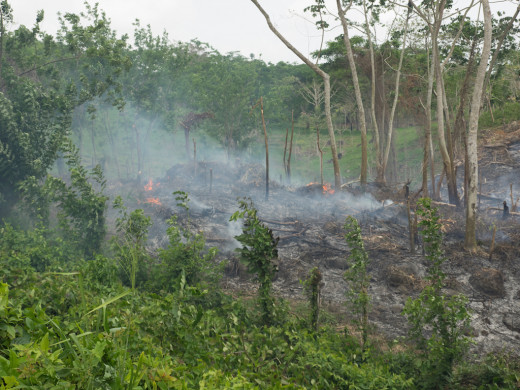
When you want the land, burn the land
After the loggers are done, the illegal farmers and cattle ranchers burn what's left of the rainforest to clear the land for either cattle or farms.
You'll see this along the road going to Puerto Cabezas on the Caribbean side of Nicaragua.
Like most things, in this wonderful world of ours, money talks and if the money needs the land, burn the rainforest down.
(if it ain't paradise, put up a parking lot?)
The indigenous people have gone to Managua to talk to the government about the problems in the Bosawas Biosphere, but could not get a meeting with Pres. Ortega.
Thy've even gone so far as to send delegates to the UN, but again, were rebuffed with no meeting taking place.
A very good, in depth report can be read here about the plight of the indigenous people of the area.
Similar to the American Indians, the local people don't feel land should be owned by an individual. The land is a community resource to be utilized by all the people that live in the area.
Don't fence me in!
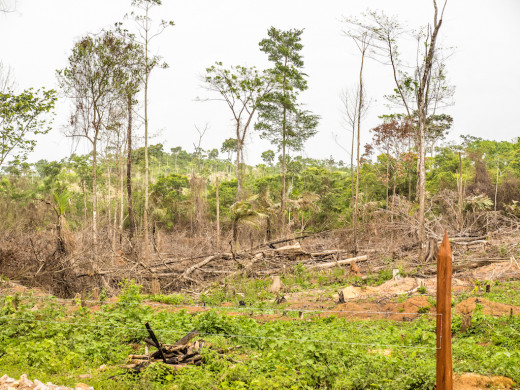
Put a fence or a wall around your land
This is typical of all countries in Latin America. If you own land, you put a fence or a wall around it to keep squatters out.
This interferes with the migration of the local animals, and goes against the beliefs of the indigenous people.
But, there is progress being made. Surprisingly, with the help of U.S. Aid.
2,531 sq. kilometers have been deeded to 41 local communities, consisting of 21,000 people.
You can read about this ground breaking settlement here.
Read about how the Nicaragua government tries to catch land traffickers here.
The people are very poor.
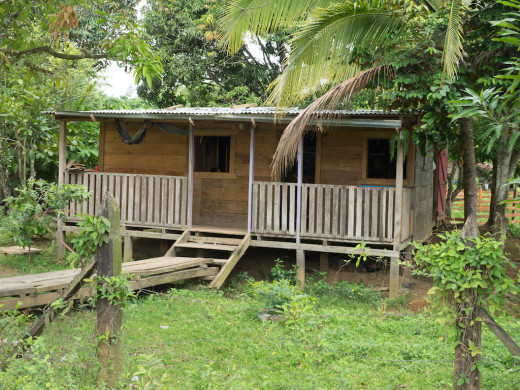
Very poor people - as high as 80% unemployed
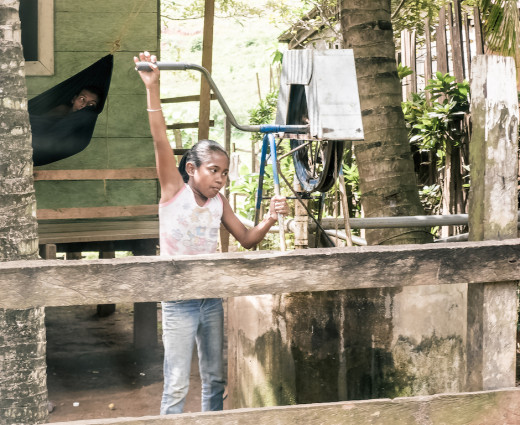
The people are very poor
The area has an unemployment rate of about 80%. Most subsist on what they can grow on their own plots of land.
Most of the homes have a well and outhouses are very common.
This leads to pollution problems.
With the rainforest being destroyed, the land can't perform the filtering that it normally does because there's nothing left to stop the water from flowing down the stripped bare landscape.
Cattle ranching and farming are tremendous abettors to the pollution.
The cattle harden the earth, which increases water runoff, and the chemicals that farmers use are easily carried off by the rains into the water supplies.
It's very common to see the locals washing their clothes in the streams that flow through the area. Chemicals from the farmers and pollution from the cattle are in both in the drinking and washing water that the locals use.
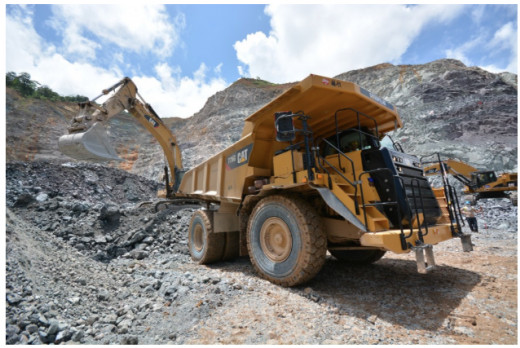
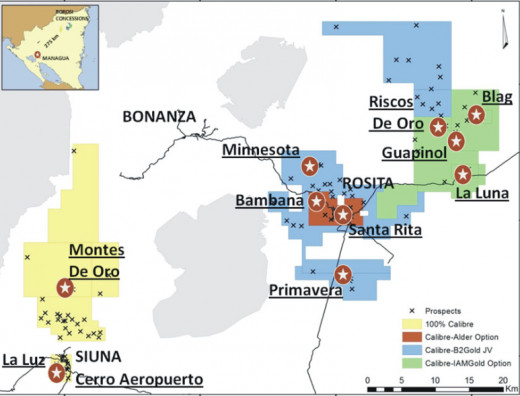
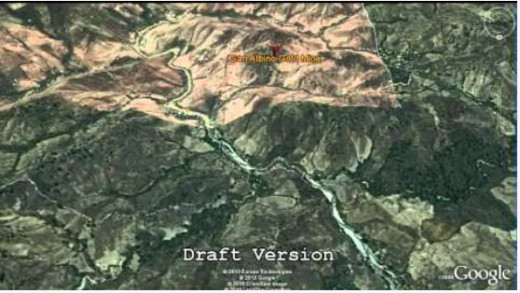
There's gold in them thar hills!
The area from Siuna to Rosita, and then northwest to Bonanza is known as the Golden Triangle, in Nicaragua.
This area has been mined for gold since the 1700's.
The problem with mining, particularly with open pit mining, is the destruction of the land.
The second largest rainforest in the western hemisphere, is being destroyed as I write this......
And this is just the gold mines. There are other minerals - copper, zinc, etc. - that are being mined in the area, too.
The major objections from the indigenous people is that they receive no money for the mining concessions.
The agreement between the government in Managua and the locals were:
1) A sharing of revenue for the resources in the area
2) The locals would have some say in how the resources were removed from the area
This has not occurred. The government in Managua issues the permits and the mining companies (or logging) companies get to work.
The locals have no idea of what permits have been issued and have no input on the destruction of their lands.
The locals have a great resentment towards the politicians in Managua and the companies stripping their lands of it's resources, causing an unusual amount of strife in the area.
To compound the problem, the companies after the resources, usually bring in their own people to operate equipment and to do other tasks as needed.So, the locals get little reward for the activity of the miners and loggers.
The locals are hired sparingly, so they don't benefit that much from the business activity.
Along with the mining activity comes more pollution of the water supplies.
The indigenous people are losing the land they've lived on, the rainforest is being destroyed and the water is being polluted.
The Bosawas Biosphere Reserve is losing on all fronts, with few defenders to stop it's destruction.
A sad state for the second largest rainforest in the western hemisphere.
You've probably never even heard of the Bosawas Biosphere Reserve.
I know I hadn't, until a visit 4 years earlier.
A tremendous area with just a mere 30% of the area researched by scientists. A total disregard for one of mother natures unique areas.
Even though it's a UNESCO Heritage site, it won't be long until it's just a small tree museum, sponsored by one of the logging or mining companies that tore it apart.
Charging $1.50 just to see 'em.
